Black holes are already strange by nature.

However, some of the real science behind them sounds like it belongs in a sci-fi movie rather than a physics textbook. From time-warping properties to universe-breaking theories, here are some weird facts about black holes that sound completely made up, but are absolutely real. It makes you just how amazing the universe really is.
1. Time slows down near a black hole.
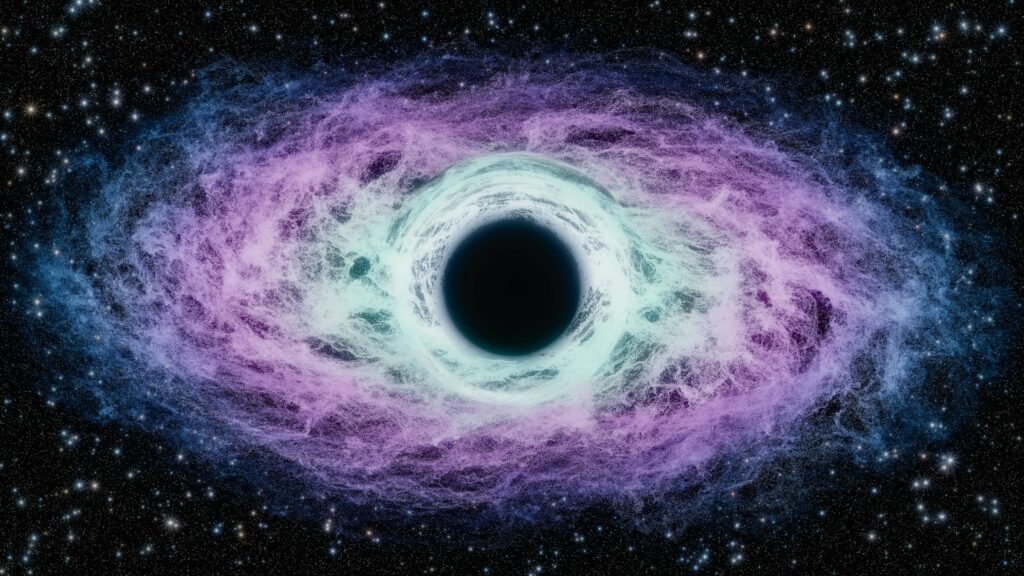
If you were able to hover just outside a black hole’s event horizon, time for you would pass much slower compared to someone far away. This isn’t science fiction—it’s a consequence of Einstein’s theory of general relativity. From an outside perspective, it would look like you’re frozen in time near the edge.
In fact, if you somehow managed to return, you’d find that much more time had passed for everyone else. It’s called time dilation, and it means that black holes are, in a way, natural time machines—just not the kind you’d want to get stuck in.
2. They can “evaporate” over time.
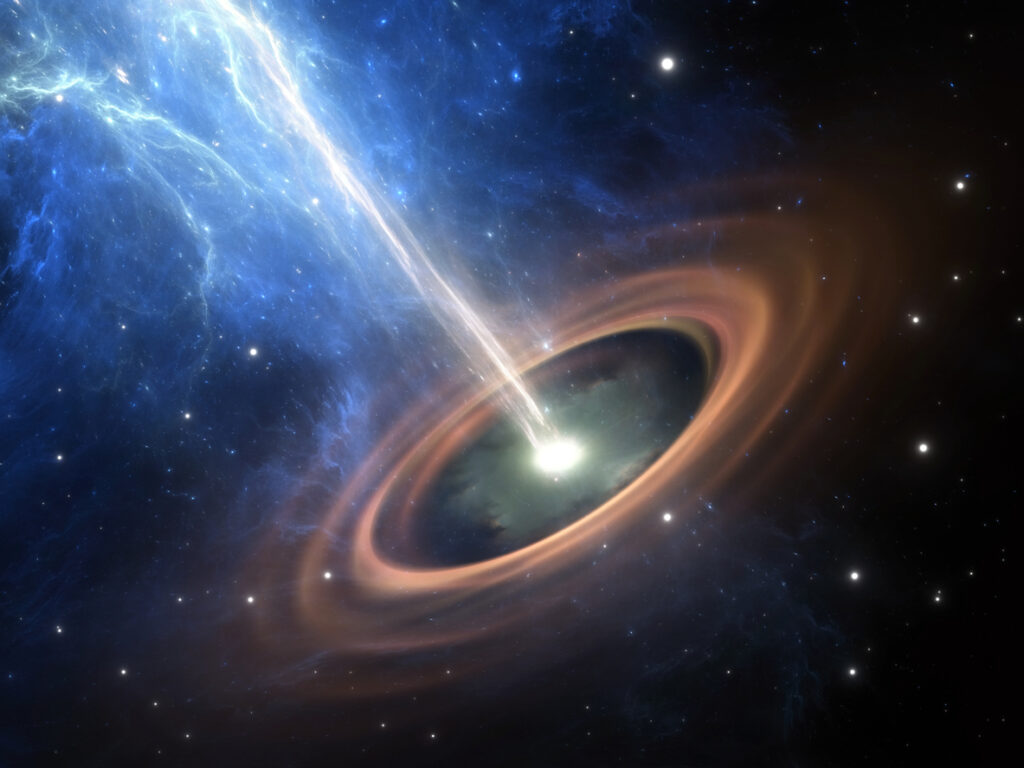
Black holes aren’t eternal. Stephen Hawking discovered that they emit tiny amounts of radiation, now called Hawking radiation, which slowly drains their mass. Over unimaginable timescales, even the largest black holes will shrink and eventually vanish.
It sounds bizarre because black holes are known for swallowing everything. However, this radiation leaks from the quantum activity around the event horizon, not from inside it. And yes, it means even the universe’s darkest monsters have an expiration date.
3. They can be smaller than an atom.
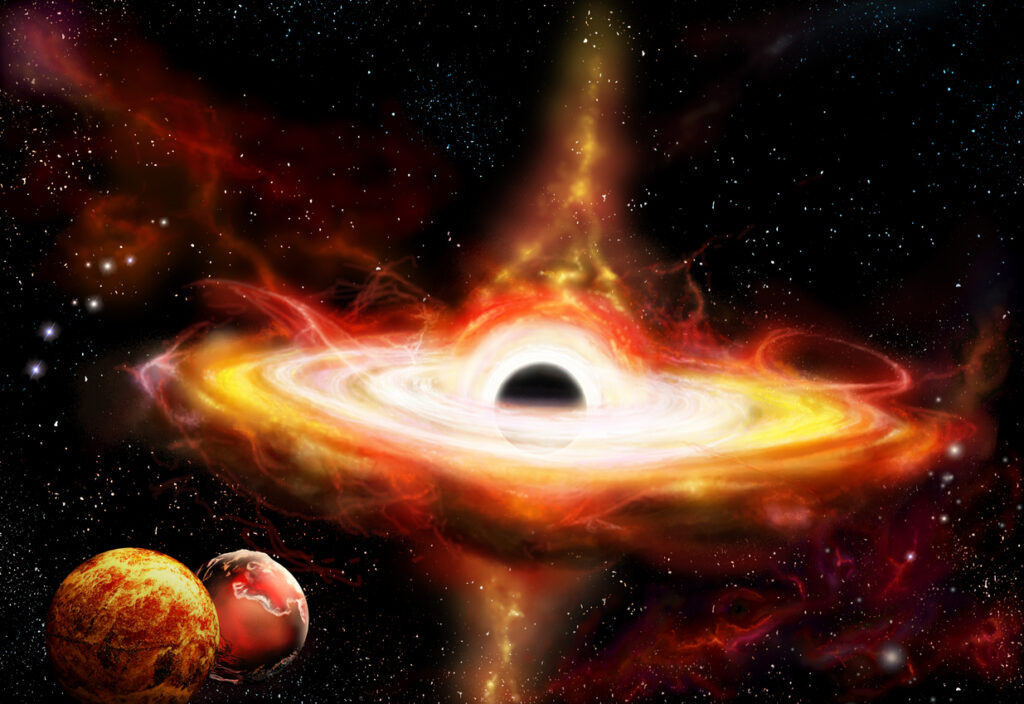
Not all black holes are enormous. In theory, a black hole could form with the mass of a mountain squeezed into the size of a single atom. These hypothetical ones are called “primordial black holes” and might have formed just after the Big Bang.
We haven’t found one yet, but if they exist, they could be zipping through the universe right now—microscopic objects with absolutely destructive gravitational pull. It’s one of those ideas that sounds like a bad sci-fi trope but is still on the scientific radar.
4. They can spin at nearly the speed of light.
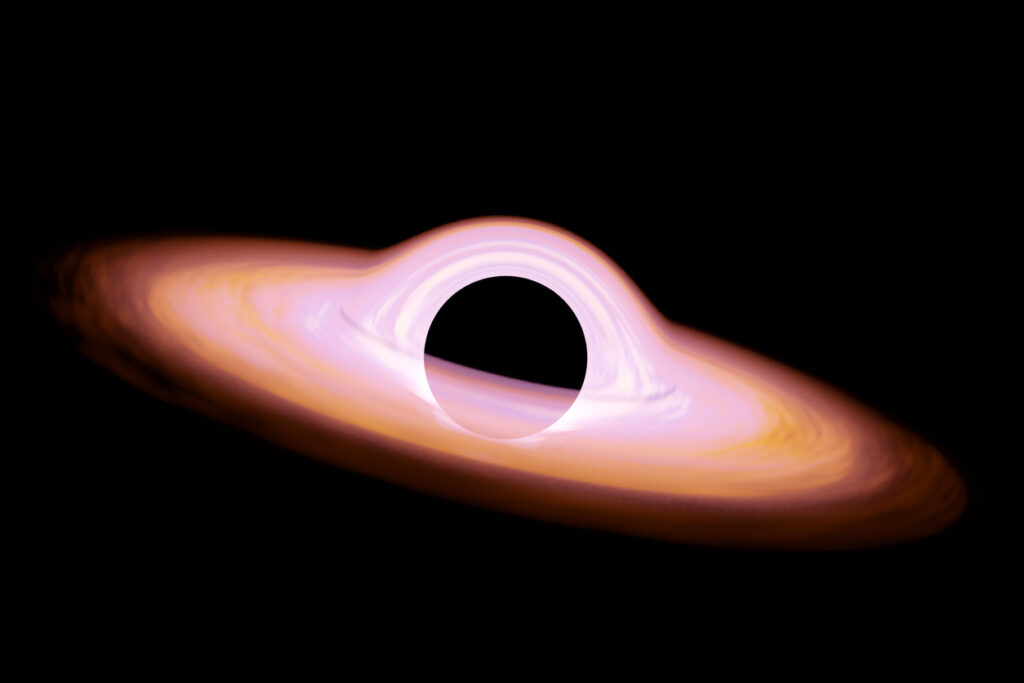
Black holes don’t just sit there—they can spin, and some of them do it at mind-bending speeds. The fastest ones rotate at nearly the speed of light, dragging space itself around them in a twisted swirl called frame-dragging. This spin can flatten the black hole slightly and can even affect the surrounding area for thousands of kilometres. It’s like nature’s most terrifying blender, warping the fabric of reality and everything near it.
5. A black hole once “burped” out a star it ate years earlier.
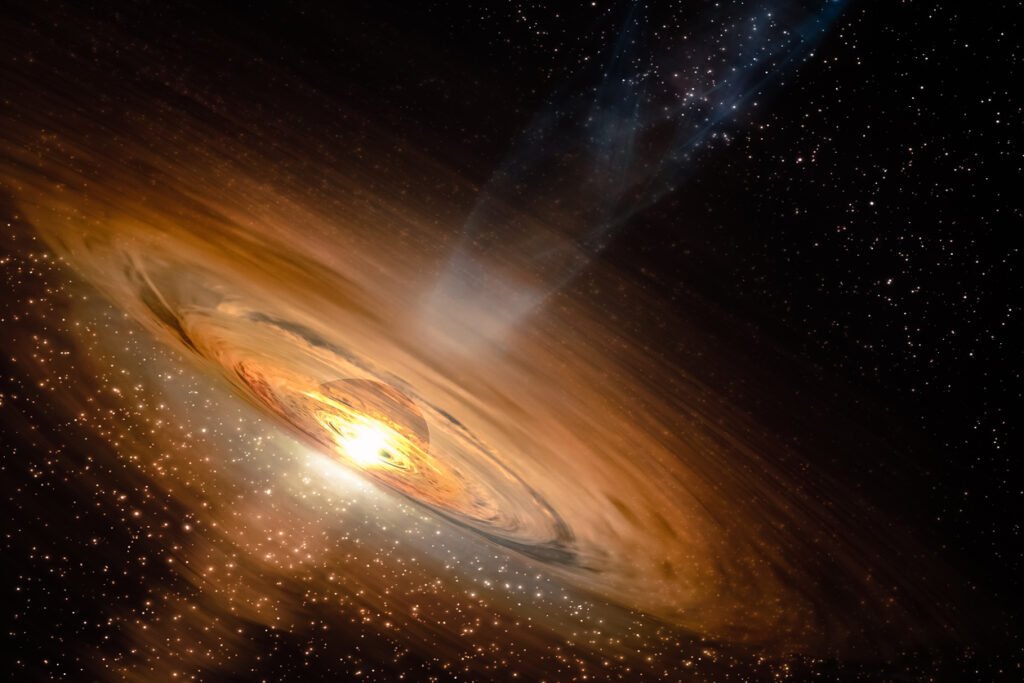
In 2022, astronomers were baffled when a black hole released a massive flare—three years after devouring a star. It was as if it had indigestion and suddenly spat out a burst of energy long after the feast was over. This behaviour had never been seen before, and scientists still aren’t sure why the black hole delayed its outburst. Whatever the cause, it’s yet another reminder that black holes don’t always follow the rules we expect.
6. They might connect to other universes.
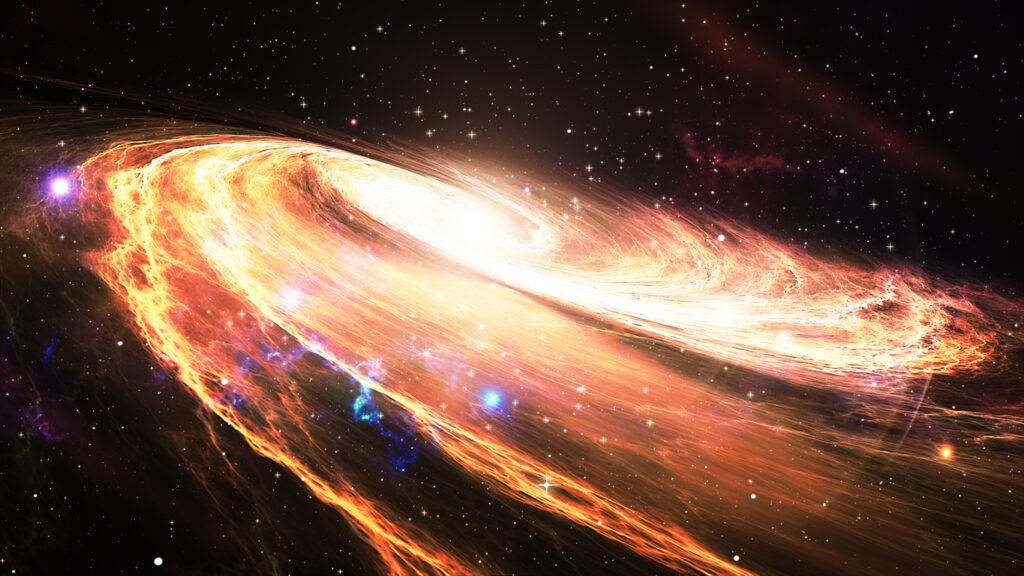
Some physicists have theorised that the inside of a black hole could be connected to another universe entirely. The singularity might be a sort of gateway—an idea that blends real science with the wildest edges of theoretical physics. This is where black holes start sounding like portals or wormholes. We have zero proof, of course, but equations allow for it. So, it’s not totally off the table that a black hole could lead somewhere else altogether.
7. They erase the concept of “inside” and “outside.”

Once something crosses the event horizon of a black hole, there’s no meaningful way to define where it is anymore. Space and time flip roles. In a sense, going in is like heading toward the future—you can’t stop or go back. This bizarre structure means you can’t point and say, “The object is right there in the middle.” Instead, everything inside the event horizon just continues collapsing inward toward the singularity. Even our language struggles to describe it properly.
8. They don’t actually “suck.”
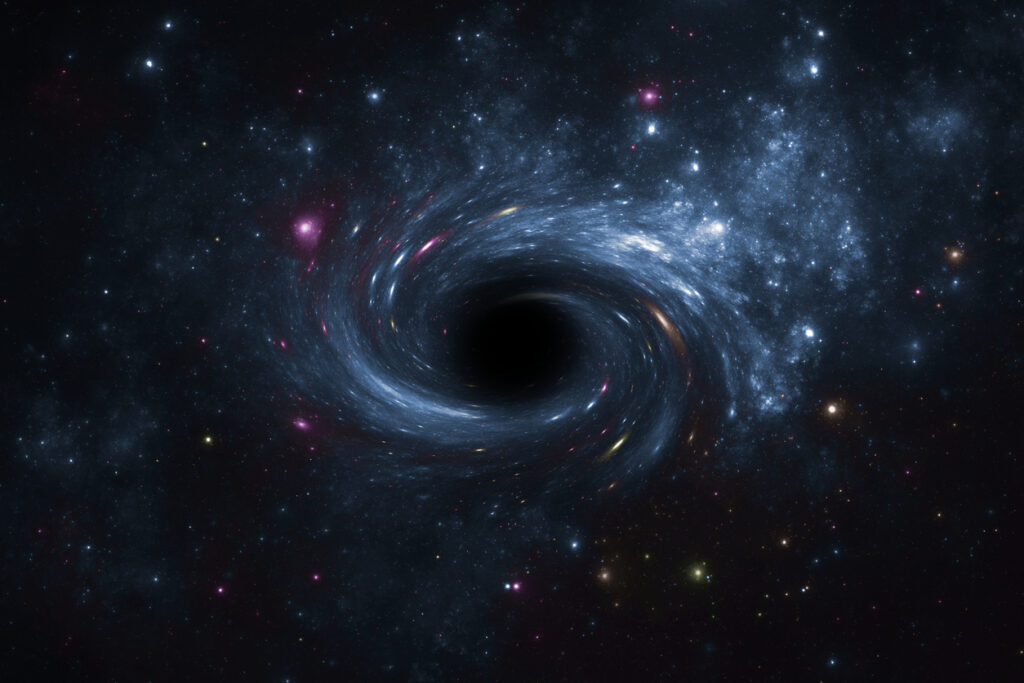
Despite what movies show, black holes don’t pull things in like cosmic vacuum cleaners. If our Sun were suddenly replaced with a black hole of the same mass, Earth would keep orbiting as usual—just in the dark. Gravity works the same way whether it’s from a star or a black hole. You only get into trouble if you go too close. The dramatic “sucking” effect only happens near the event horizon, not across vast distances.
9. There’s probably one in the middle of our galaxy.
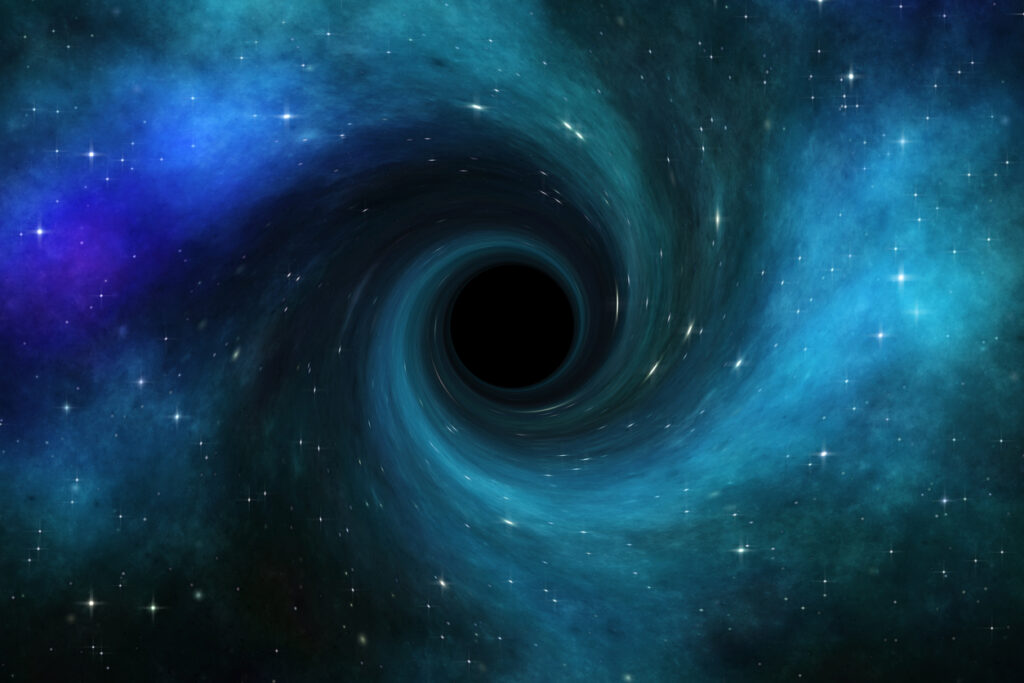
At the centre of the Milky Way is a supermassive black hole called Sagittarius A. It has the mass of over 4 million Suns and quietly sits about 26,000 light-years away from us. It’s not a threat to Earth, but it’s there, anchoring our entire galaxy. Without it, the Milky Way might not even hold its spiral shape. Yes, a black hole is literally keeping our cosmic neighbourhood in order.
10. They can grow by colliding with each other.
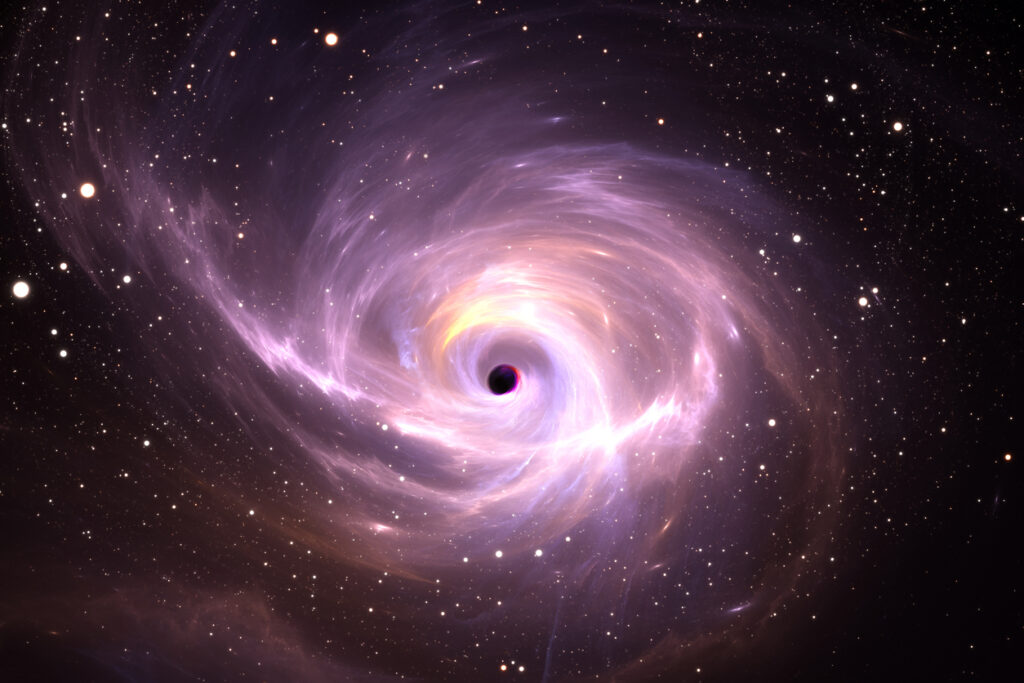
When two black holes collide, they merge into one larger black hole, and this process releases so much energy that it ripples through space-time as gravitational waves. We’ve actually detected these ripples here on Earth. The discovery of these waves in 2015 was a massive milestone in physics. It proved that not only do black holes crash into each other, but that we can “hear” those collisions across the universe, even though they happened billions of years ago.
11. Some are moving through space at millions of miles per hour.
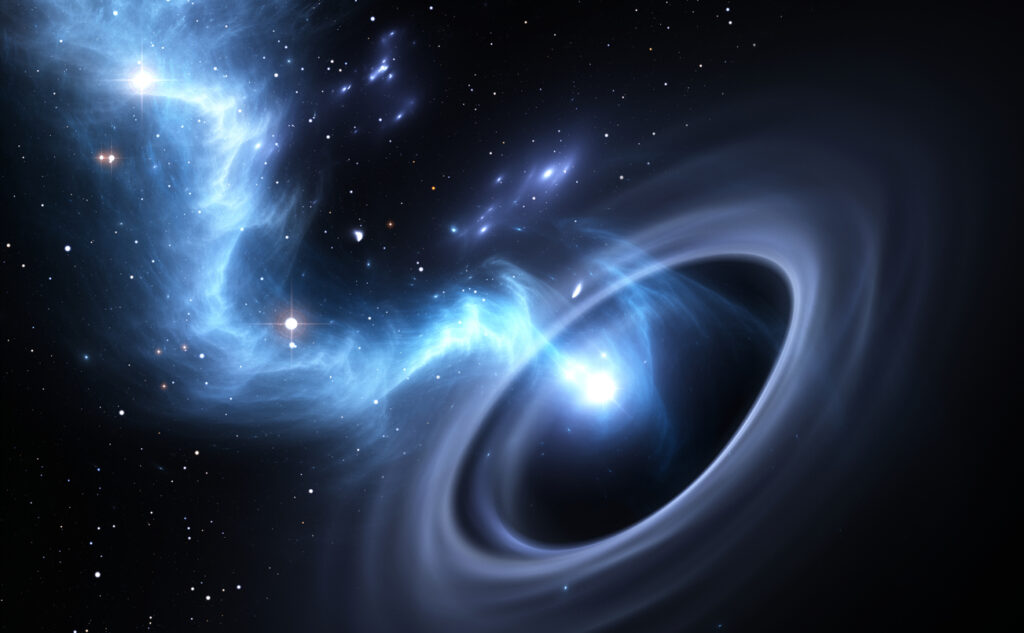
Not all black holes sit still. Some are racing through the universe after being flung out of galaxies. These rogue black holes can move at speeds of several million miles per hour. What could possibly launch a black hole like that? Usually, it’s a dramatic event like a collision or gravitational slingshot. And yes, these runaway monsters could technically pass near star systems—though the odds are thankfully tiny.
12. Light gets bent around them like taffy.
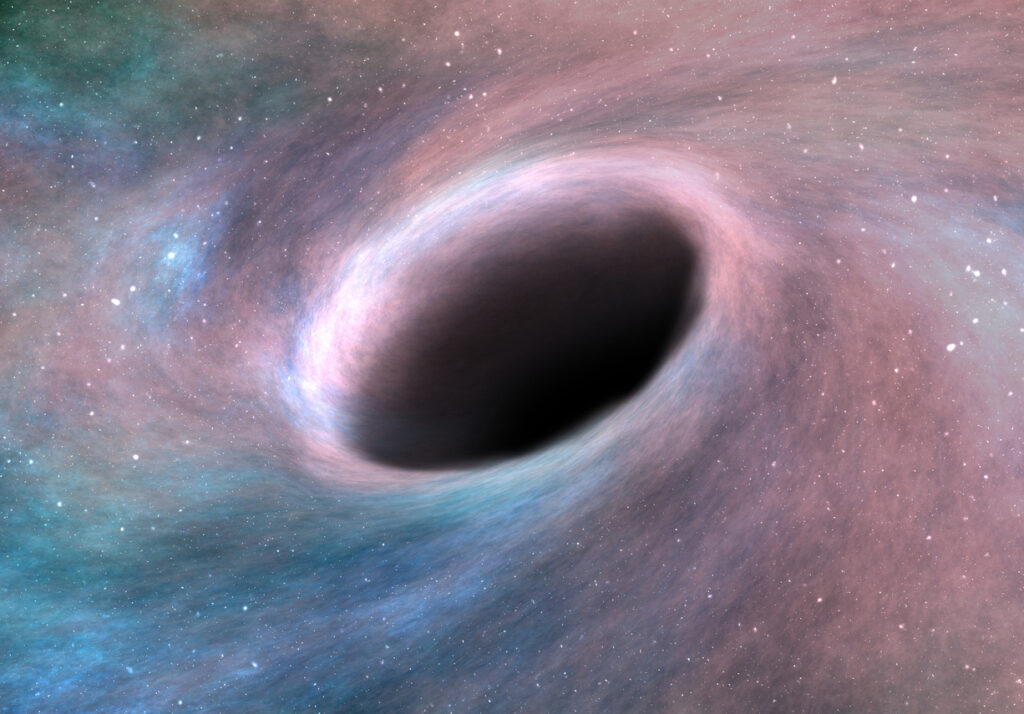
The gravity around a black hole is so strong that even light gets bent into curves. This creates a warped bubble effect around them called gravitational lensing, which allows us to actually “see” black holes based on the light they distort. This is how scientists created the first ever image of a black hole in 2019. What you’re seeing in that famous orange ring isn’t the black hole itself, but the light warped around it. The actual centre is pitch black and invisible.
13. They can “sing” in space-time.
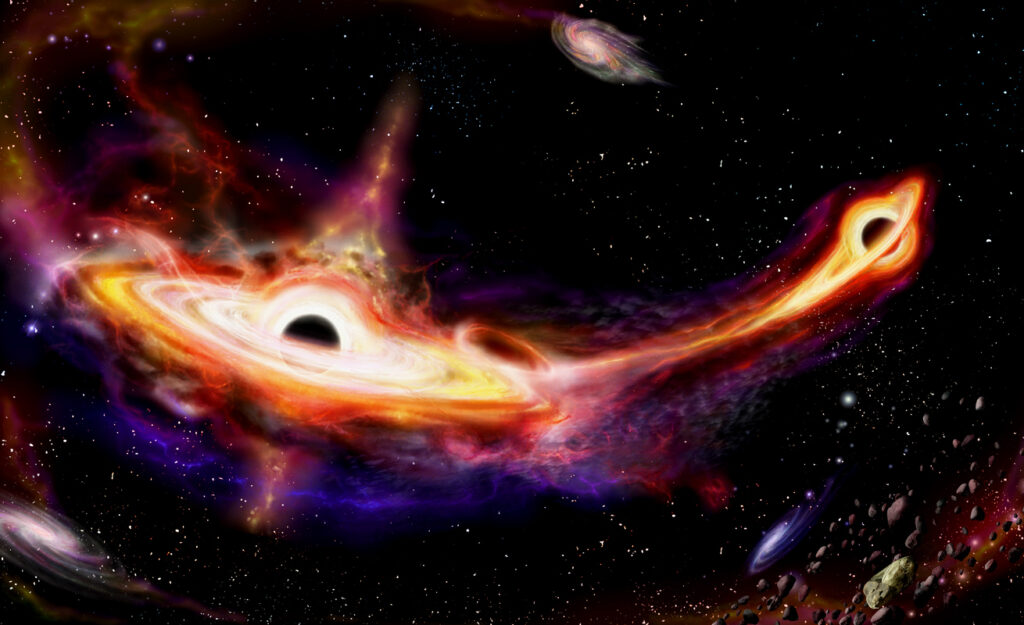
After black holes collide, the resulting object settles into shape by releasing vibrations through space-time—almost like the ringing of a bell. These vibrations are called quasi-normal modes, and yes, they’re real. They’re not sound waves, but if we could convert them into something audible, it would sound like a deep, cosmic hum. It’s not music as we know it, but black holes really do produce their own kind of “song.”
14. They can warp entire galaxies over time.
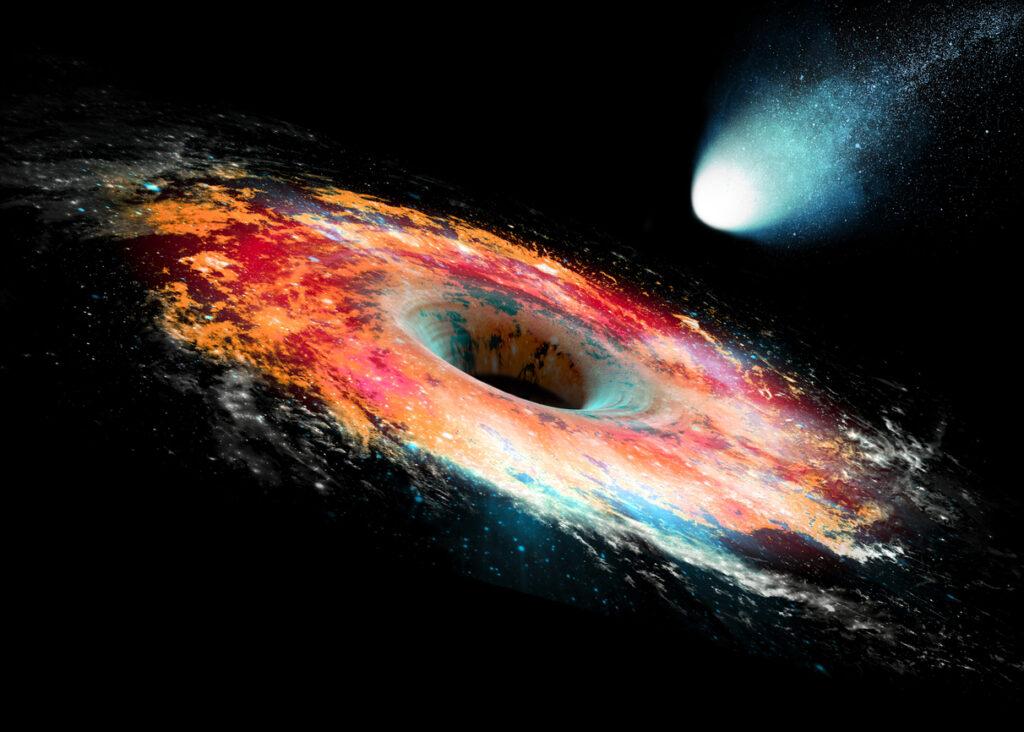
Supermassive black holes don’t just sit in the middle of galaxies—they shape them. Their gravitational influence affects how stars form, how gas clouds move, and even how galaxies evolve across billions of years. In a way, black holes are the architects of cosmic structure. They may be mysterious and dangerous, but they’re also essential. Without them, the universe might look very different, and a lot less interesting.